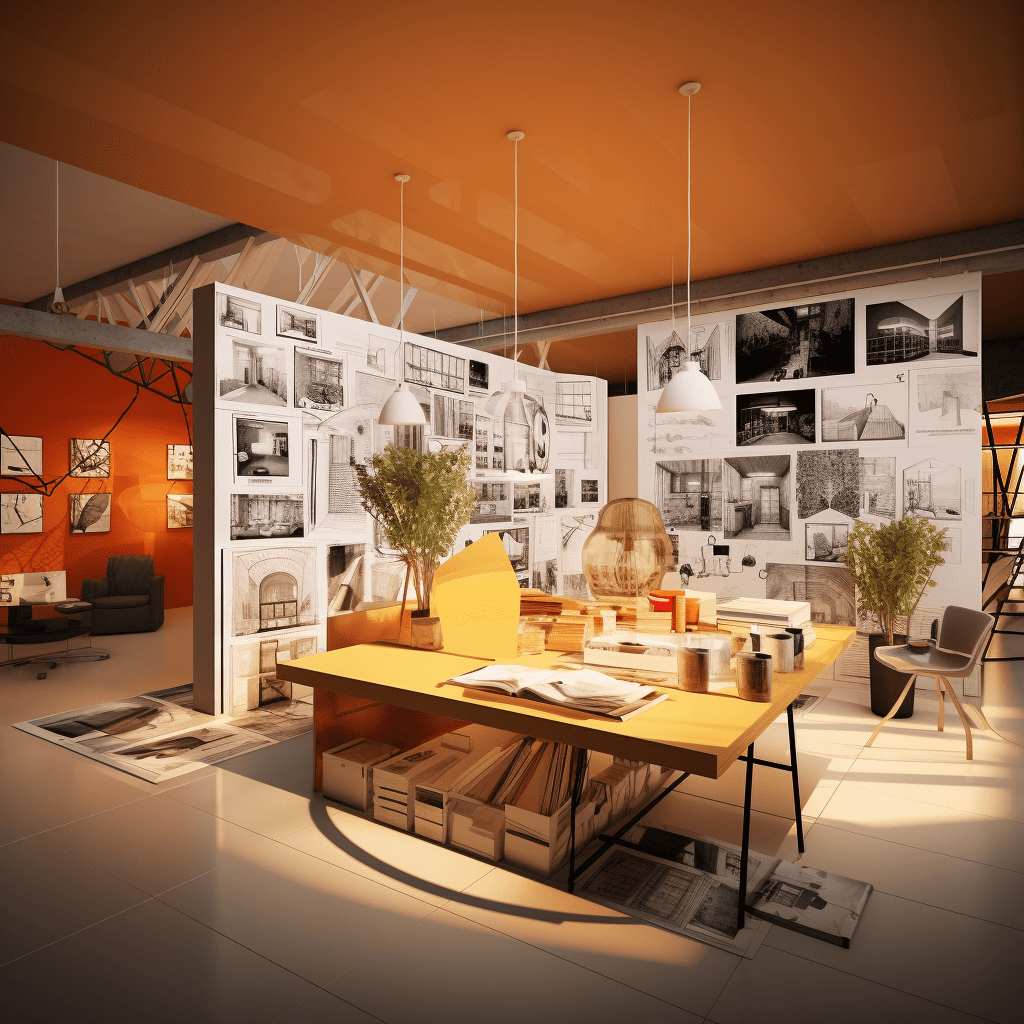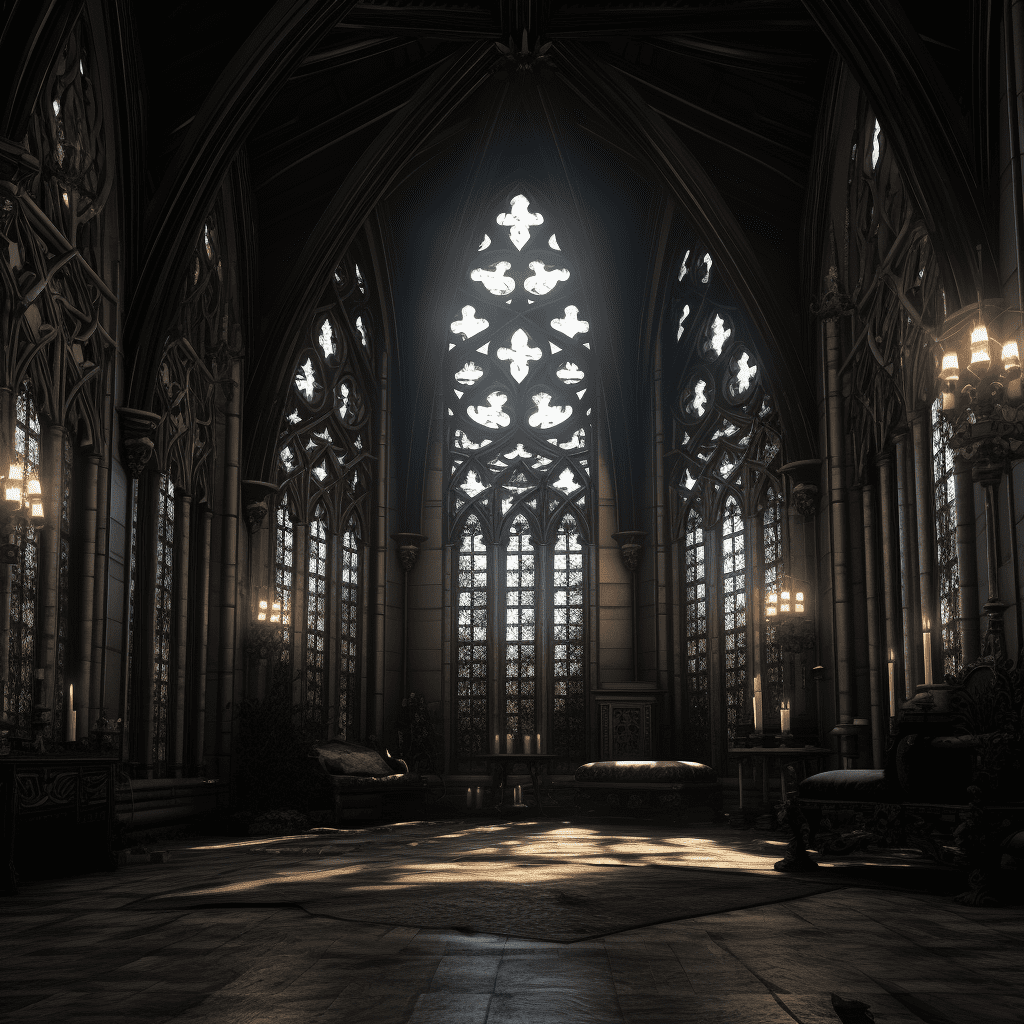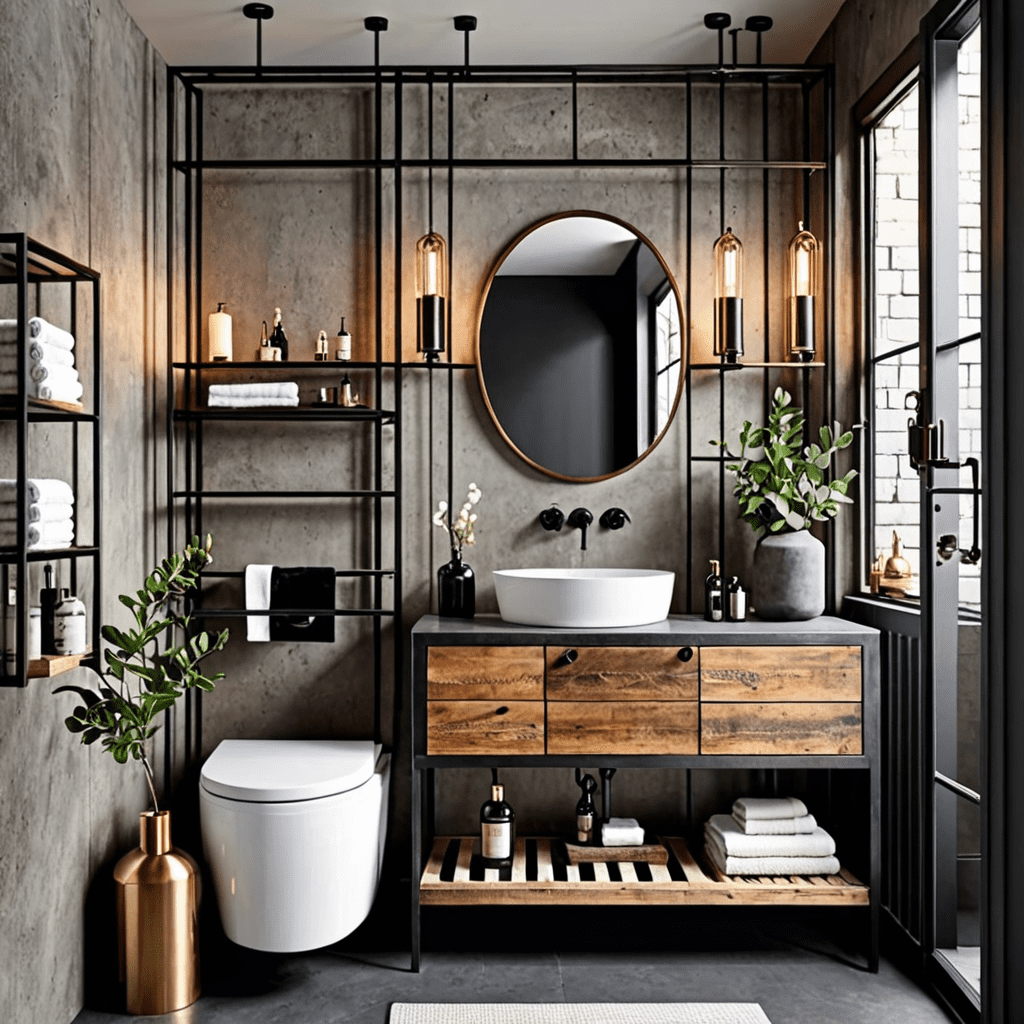Interior Design Skills: How to be a Pro


Interior Design Skills: Enhancing Your Home’s Aesthetic Appeal
Whether you’re considering a major home renovation or simply want to give your living space a fresh new look, having a solid understanding of interior design skills is essential. With the right techniques and knowledge, you can transform your home into a stylish and functional space that reflects your personal taste and lifestyle. In this article, we’ll explore six essential interior design skills that can help you create a captivating and inviting atmosphere in your home.
1. Color Theory: Creating a Harmonious Palette
One of the fundamental aspects of interior design is understanding color theory. The right color palette can evoke specific emotions and set the mood of a room. By learning how to combine and coordinate colors effectively, you can create a harmonious and visually appealing space. Start by familiarizing yourself with the color wheel and understanding concepts such as complementary, analogous, and monochromatic color schemes. Experiment with different color combinations to find the perfect balance for each room in your home.
2. Space Planning: Maximizing Functionality
Effective space planning is crucial to ensure that your home is both aesthetically pleasing and functional. Before diving into furniture and decor selections, take the time to assess the layout and flow of each room. Consider the activities that will take place in each space and arrange furniture and fixtures accordingly. Pay attention to traffic patterns and ensure there is ample room for movement. By optimizing the layout, you can make the most of your available space and enhance its usability.
3. Texture and Pattern: Adding Depth and Visual Interest
Texture and pattern are powerful tools that can add depth and visual interest to any room. Experiment with different textures, such as plush rugs, smooth leather furniture, or textured wallpapers, to create tactile experiences. Combine various patterns, such as stripes, florals, or geometric designs, to add visual drama and create focal points within a space. When using multiple textures and patterns, be mindful of balance and strive for a cohesive look that complements the overall design concept.
4. Lighting Techniques: Setting the Mood
Lighting plays a crucial role in interior design, as it has the power to drastically transform the ambiance of a room. Understanding different lighting techniques can help you create the desired mood and atmosphere. Incorporate a combination of general, task, and accent lighting to effectively illuminate different areas and highlight architectural features or artwork. Consider installing dimmer switches to adjust the intensity of lighting, allowing you to create a cozy and relaxing ambiance or a bright and energizing environment as needed.
5. Furniture and Accessory Selection: Creating Style and Balance
Selecting the right furniture and accessories is key to bringing your interior design vision to life. Consider the style and theme you wish to achieve and choose furniture pieces and decor items that align with that vision. Balance is vital – mix different sizes, shapes, and materials to create visual interest. Pay attention to proportions to ensure that each piece fits harmoniously within the space. Don’t forget the importance of comfort and functionality when selecting furniture, ensuring it not only looks good but also meets your needs.
6. Attention to Detail: Small Touches, Big Impact
Sometimes, it’s the small details that can make the most significant difference in interior design. Pay attention to finishing touches, such as window treatments, wall art, decorative accessories, and plants. These elements can tie the entire room together and add personality to your space. Make sure to choose items that reflect your personal style and evoke the desired mood. Experiment with layering and editing to find the perfect balance and avoid overcrowding.
Frequently Asked Questions (FAQ)
Q1: How long does it take to develop interior design skills?
The duration to develop interior design skills can vary depending on individual dedication and the complexity of the skills being learned. While some basic skills can be acquired relatively quickly, mastering the craft of interior design often takes years of practice and experience.
Q2: Do I need a formal education to be an interior designer?
While a formal education can provide a solid foundation in interior design principles and techniques, it is not always a requirement. Many successful interior designers have built their careers through self-study and practical experience. However, formal education can offer valuable knowledge and credentials that may open doors to certain job opportunities and clients.
Q3: How can I stay updated on the latest interior design trends?
Staying informed about current interior design trends is essential for maintaining a modern and relevant design approach. Follow design magazines, blogs, and social media accounts dedicated to interior design. Attend industry events and trade shows, and consider joining professional organizations. Networking with other designers and attending workshops or conferences can also provide valuable insights into emerging trends.
Q4: How can I improve my eye for design and develop my personal style?
Developing an eye for design and honing your personal style takes time and exposure to various design influences. Study different design styles, visit museums and art galleries, and explore the works of renowned designers. Take note of what resonates with you and try to identify common elements or themes that appeal to your aesthetic sensibilities. Experiment with different styles and trust your instincts to develop your unique design perspective.
Q5: How important is budgeting in interior design?
Budgeting is a crucial aspect of interior design as it helps guide decision-making and prevents overspending. Determine your budget at the beginning of a project and prioritize spending on key elements. Research and compare prices, explore affordable alternatives, and be mindful of the costs associated with contractors, materials, and furnishings. Remember, a well-designed space can be achieved within any budget with careful planning and resourcefulness.
Q6: Can I mix different interior design styles in one space?
Yes, mixing different design styles can create a captivating and eclectic look. However, it’s essential to approach this carefully to ensure it appears intentional and cohesive, rather than chaotic. Consider selecting a unifying element such as color, texture, or theme to tie the different styles together. Pay attention to proportion and scale to maintain balance within the space. Combining styles thoughtfully can result in a unique and visually stimulating design.




